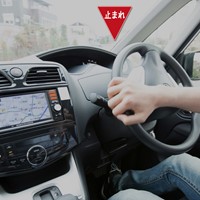Train Etiquette in Japan: What to Expect as a Foreigner

The Japanese train system is renowned throughout the world for its speed, efficiency, and punctuality. What may be commonplace to Japanese residents is often impressive and surprising for foreigners coming from areas with regular train delays or even little to no train network. However, this can cause some confusion as Japanese trains have a number of rules and customs that should be closely followed. It’s important for international visitors and residents alike to follow these rules while using the Japanese train system.
Manners and Etiquette on Japanese Trains
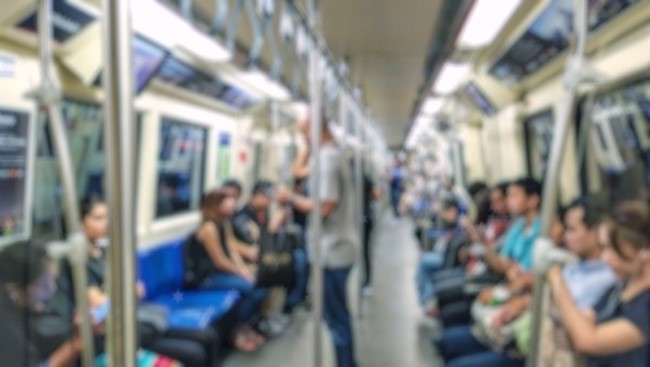
Anyone who rides on a train in Japan should understand and abide by the rules and customs of Japanese train etiquette. All the rules work together to create a quiet and relaxing space for everyone, as well as to maintain an efficient system. It is for this reason that it is important to follow these rules to the best of your ability.
Etiquette Before Boarding the Train
First, we have some customs to keep in mind in the train station and before you actually enter the train.
- Always follow the flow of foot traffic. On the stairs or sometimes on the floors, usually near the trains, there will be arrows that illustrate the side to walk on.
- Pay attention to where people stand on the escalator. Customs dictate that you stand on the left and let those who want to pass do so on the right (though the official train station rule is no walking at all on escalators).
- Mind your surroundings. It is also encouraged to not walk around with your head in your smartphone, in order to avoid accidents.
- Wait your turn to enter the train. When you’re queuing to enter the train, the queues on the platform will usually have two neat lines. Pushing in or interrupting the queue is considered very rude. When the train arrives, the lines will separate to allow all the people on the train to exit quickly. Only after everyone has gotten off will people begin entering the train car.
Etiquette While Riding the Train
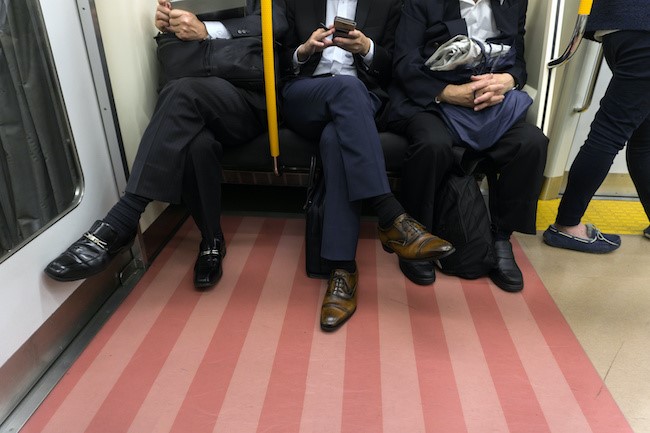
Once you are inside the train, there are several more rules to follow. Most of these are simple and easy to remember.
- Keep your phone on silent. While on the train, your phone should be on silent mode and you should avoid making or receiving phone calls.
- Keep conversations to a minimum. Much like phone etiquette, if you are riding with friends, family, or coworkers, you can typically talk but do so quietly.
- Don’t eat or drink. It’s extremely uncommon to see anyone eating or drinking while riding, especially anything that is messy or smelly. It is very much discouraged to bring food or drinks to eat on the train, with the one exception being the bullet train.
- Mind your space. If the train is crowded, it is especially important to not spread out. Keep your bag on your lap, on the bag rack immediately above your seat, or in front of you if you’re standing; never on the seat next to you. Also don't throw your legs out unless you are on an empty train.
- Respect priority seating. In every carriage there are a few seats designated for elderly people, pregnant women and new mothers, people with disabilities, and the like. Theoretically, these should be left free at all times for the people who may need them. In reality, it is common to use them if they are not needed. However, if you do this, you must be prepared to get up and move if someone who is officially entitled to the space gets on.
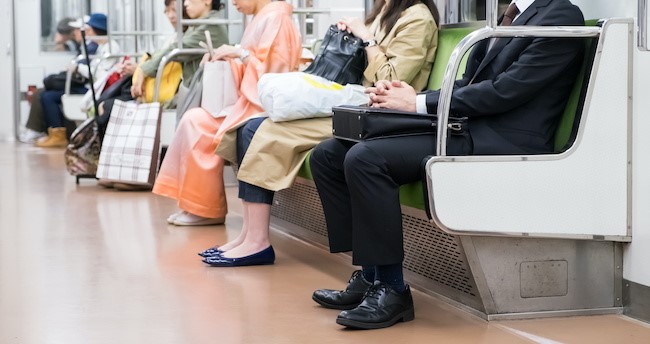
The Surprises of Riding on a Train in Japan
There are many aspects to the Japanese train system that can surprise foreigners. From the high efficiency at which the system functions to the unique appearance of some trains.
Punctuality
One of the most surprising aspects for many foreigners is simply the punctuality of Japanese trains. In many countries, a train is officially considered “on time” if it arrives within 10 minutes of the scheduled time. In Japan, trains arrive within a minute of their scheduled time. Long delays as a regular part of train commutes is not a daily occurrence. This isn’t to say delays don’t happen, but it is usually only in cases of peak rush hour usage, accidents, typhoons or severe weather, or conditions affecting the track.
Train Designs
The design of Japanese trains is often interesting to foreigners. Some popular ones include the Hello Kitty bullet train and the Nintendo World train heading towards Universal Studios Japan.
Design can also be expanded to include train stations as well. The attachment of full shopping malls and food courts to train stations can be quite a shock when coming from a country where a train station has possibly only one convenience store at most.
There are also many interesting and unique train station designs, such as Kanazawa Station, which is home to a huge wooden torii-esque gate, with aspects of Noh-theatre built in, as the legs of the gate resemble Noh tsuzumi drums.
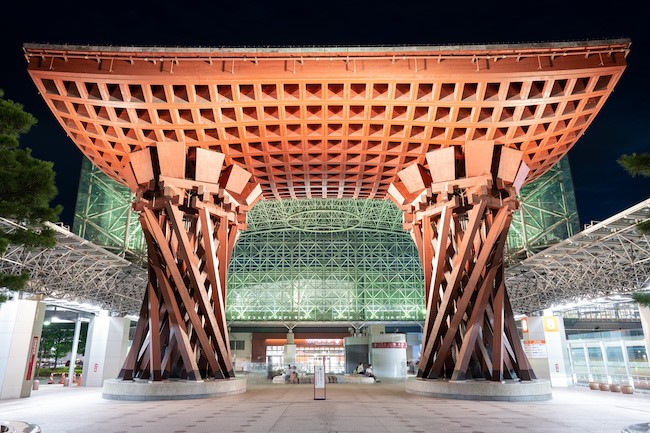
A more sensory design aspect, which is often interesting, is the unique chimes that sound once a train arrives. Many stations have their own identifying chime that plays for a nice, non-intrusive way of knowing which station you’re at without needing to look up at the station signs.
When it comes to collecting, eki stamps (or train station stamps) are another popular design. Each JR station and most private railway stations have a large stamp available somewhere within the gates known as an “eki stamp.” There are official stamp books you can use to collect all the unique stamps of a certain train line or area, or you can use your own notebook or paper to collect stamps as you enter or exit the station.
Do Your Part to Make Japan’s Train System the Best in the World
While the complexity of Japan’s train system may be stressful, riding in the trains never should be. From the speedy and smooth bullet trains to the always on time local trains, the entire system is set up for maximum efficiency and convenience. By following the rules of etiquette listed above, you are helping to make this system all the more enjoyable for everyone.
For more guides like this, be sure to check out our comprehensive articles on Japanese culture and transportation around Japan.

